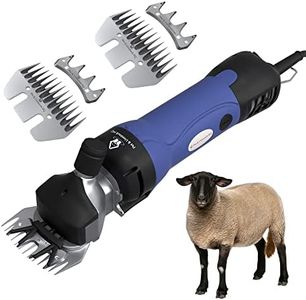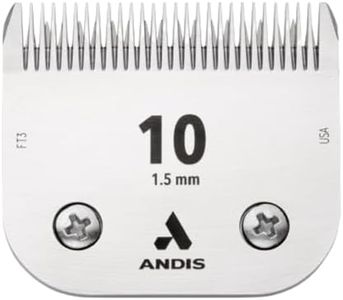We Use CookiesWe use cookies to enhance the security, performance,
functionality and for analytical and promotional activities. By continuing to browse this site you
are agreeing to our privacy policy
10 Best Horse Clippers
From leading brands and best sellers available on the web.Buying Guide for the Best Horse Clippers
Choosing the right horse clippers is essential for keeping your horse comfortable and well-groomed. Since horses have thick coats and sensitive skin, using the right clippers can make the grooming process quicker, safer, and more enjoyable for both you and the animal. It's important to consider how often you'll be grooming, the thickness of your horse's coat, and whether you'll be doing full-body clips or just trimming specific areas. Understanding the main features will help you pick a reliable set of clippers that match your needs and ensure a smooth grooming experience.Motor PowerMotor power refers to how strong and fast the clippers can cut through hair. It's measured in watts, volts, or sometimes given as strokes per minute (SPM). Powerful motors are important for cutting thick or matted coats without getting stuck or overheating. Lower-powered clippers are quieter and better for trimming sensitive areas or less frequent use, making them good for touch-ups or nervous horses. Higher-powered clippers work well for full-body clips and frequent grooming needs. If you regularly trim thick winter coats or several horses, a higher-powered clipper is a wise choice. For occasional trimming or single-horse grooming, moderate power is usually enough.
Blade Types and SizesBlades can have different lengths, widths, and tooth spacing, which affect how close the cut is and how much hair is removed per pass. Wide blades cover more surface area, speeding up full-body clips, while narrow blades are better for precision in tricky spots like the face or legs. Finer tooth spacing gives a smoother, more delicate cut, while wider teeth cut coarse or dirty coats more easily. Think about whether you need versatile blades for different parts of the horse, or if you want to stick to one task. Many clippers allow easy blade swapping, so picking a model compatible with interchangeable blades adds flexibility.
Corded vs. CordlessCorded clippers run directly from mains power, giving consistent performance as long as they’re plugged in. They’re a good choice for long or tough clipping sessions because they won’t run out of battery. Cordless clippers are powered by rechargeable batteries, providing portability and freedom of movement—great for skittish horses or outdoor grooming. The downside is limited battery life, which may be an issue for larger jobs or multiple horses. If you need maximum mobility and only groom for short periods, choose cordless. For longer sessions or heavy-duty tasks, corded may be more reliable.
Noise and Vibration LevelsHorse clippers produce sounds and vibrations that can make some horses anxious. Quieter clippers with lower vibration are gentler for sensitive or young horses. Clippers with stronger motors often make more noise and vibrate more, but some modern designs balance power with reduced noise. If your horse is nervous or you’re grooming sensitive areas, seek models known for being quiet and smooth. Otherwise, higher noise and vibration may be acceptable if comfort and speed are more important for your tasks.
Weight and ErgonomicsWeight and the feel of the clippers in your hand can influence how long you can use them comfortably. Lighter clippers reduce fatigue during long grooming sessions, while heavier ones can sometimes feel more robust but may tire your hand and wrist. Ergonomic designs with comfortable grips are especially helpful if you have multiple horses or need to trim for extended periods. Test the tool if possible to see how it feels, and prioritize comfort if you expect to use clippers frequently.
Ease of MaintenanceKeeping clippers clean and well-oiled is essential for safety and long-term performance. Some clippers are designed with removable parts or self-cleaning features that make cleaning and blade changes easier. Regular maintenance reduces the chance of overheating and helps the blades last longer. If you’re new to grooming or prefer less fuss, look for models with simple cleaning instructions and easy-access parts.

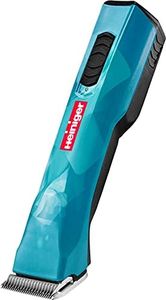

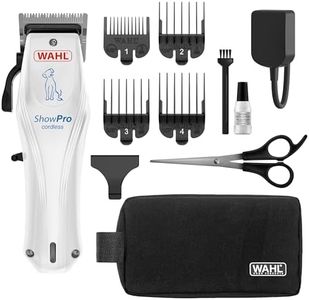
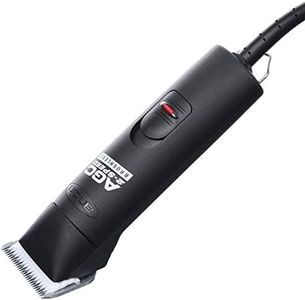
![Masterclip Hunter Horse Clipper - Mains Powered Heavy Duty Horse Clippers Fitted with A2 Fine Cut Blades - Suitable for all Coat Types [Blue]](https://images-proxy.bestreviews.guide/2kK1-YfEgltnCLDwyoDzoqY_jS8=/0x300/https://m.media-amazon.com/images/I/41TPsDhs68L._AC_CX679_.jpg)

